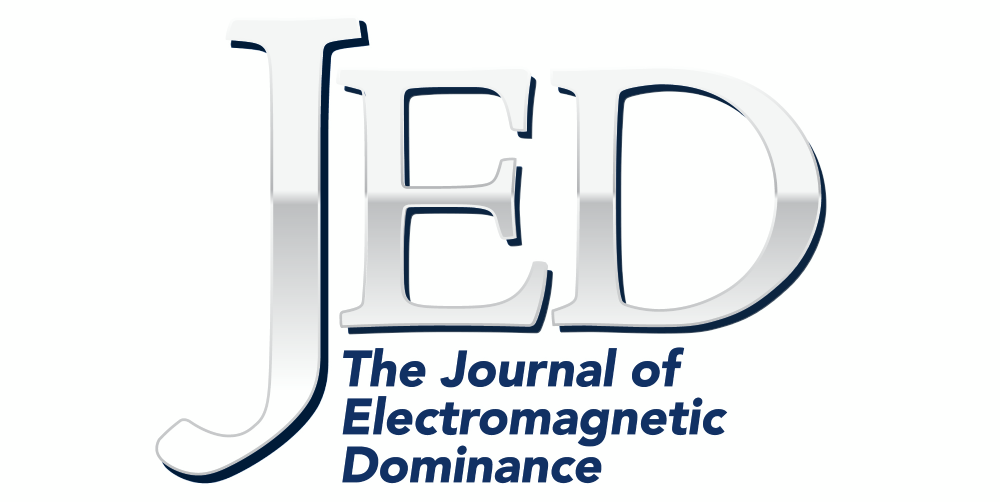FTCN Replay: Russian Drone Incursion Into Poland a Strategic Test for NATO

In a recent episode of From the Crows’ Nest, host and AOC’s Director of Advocacy & Outreach Ken Miller was joined by defense analyst and author Dr. Thomas Withington, who provided insights into the ongoing Russo-Ukrainian War and discussed the recent Russian drone incursion into Poland.
After nearly three years of conflict, the war appears to have settled into what Withington described as a stalemate where “either side is able to make minor gains and might also experience minor losses here and there.” However, his on-ground assessment revealed a crucial advantage for Ukrainian forces.
“Electromagnetically, Ukraine definitely has the advantage,” Withington said. The challenge for Ukraine, he explained, lies not in capability but in scale: “The problem for Ukraine is generating mass in the spectrum.”
Russian Defensive Posture
According to Withington’s analysis, Russian forces have largely adopted a defensive electromagnetic warfare strategy. “The Russians, largely, the operational level, the Russians seem to have largely defaulted to having a defensive electromagnetic posture,” he observed. This approach involves creating “a wall of jamming over our own positions” to frustrate Ukrainian drone operations for both intelligence gathering and kinetic strikes.
Notably absent from Russian tactics, Withington noted, is the offensive use of electronic warfare to support maneuver operations. “What it doesn’t seem is happening so much is the use of EW to actually support offensive maneuver by the Russians,” he explained, adding that while electronic warfare serves as “a brilliant defensive tool,” its true power emerges “when you use it as a maneuver space.”
Testing NATO Response
The recent incursion of Russian drones into Polish airspace represented a calculated test according to Withington’s assessment. He suggested Putin was gauging two things through the operation: the tactical military response and the strategic political reaction from NATO.
“I think it might have surprised him that the drones were shot down,” Withington said, speculating that Putin may have initially expected only diplomatic protests rather than kinetic action. The fact that Russia has not followed up with similar incursions suggests Moscow is “maybe thinking, okay, I need to step back from that a while.”
(Note: This episode was recording on September 17 prior to Russia also violating Estonian airspace. NATO released a statement following a meeting regarding the incident.
Future Threat Assessment
Looking ahead, Withington painted a concerning picture of potential escalation. He identified the possibility of a Russian invasion of the Baltic states as “a strong possibility in the next 18 months to two years,” comparing it to the likelihood of Chinese action against Taiwan.
However, he also suggested that such a scenario might galvanize European resolve. “If hence that would happen, but you might well see quite a considerable strategic change,” he noted, arguing that Europe “wouldn’t really have much of an alternative, but to really get stuck in.”
Technology and Mobility
From his observations in Ukraine, Withington emphasized the critical importance of maintaining operational mobility. Drawing parallels to the Iran-Iraq War, he noted how the Iraqis eventually “correctly read the battle finally and realized we need to get mobile.”
“The Ukrainians get that,” Withington said, explaining that technologies including drones and uninhabited ground vehicles all serve the same fundamental purpose: “getting the war mobile.” He views the electromagnetic spectrum as “a maneuver environment” and stressed that success depends on “maintaining movement, the position of advantage vis a vis your enemy.”
Cautious Optimism
Despite the challenges facing Ukrainian forces, Withington expressed measured optimism about their prospects. “If you can get mobility and you can get mass, I think, you know, I’ll go on a limb here and say I think Ukraine’s got a good chance of winning this war,” he stated, while acknowledging uncertainty about what victory might ultimately look like.
His assessment underscores the complex nature of modern warfare, where technological advantages in domains like EW can provide crucial edges even in seemingly stalemated conflicts. As the war continues to evolve, Ukraine’s ability to leverage these advantages while scaling their capabilities may prove decisive in determining the conflict’s ultimate outcome.





